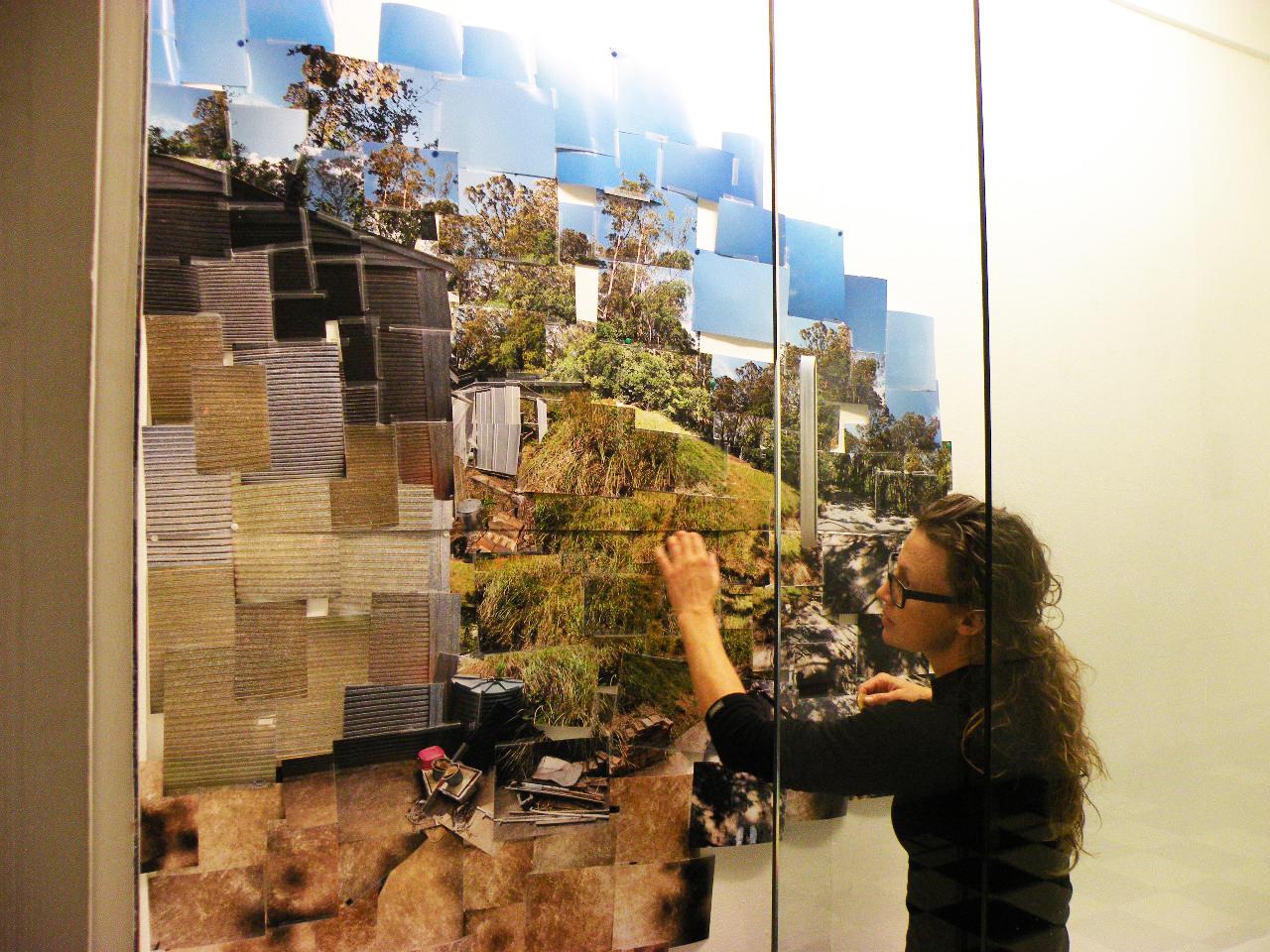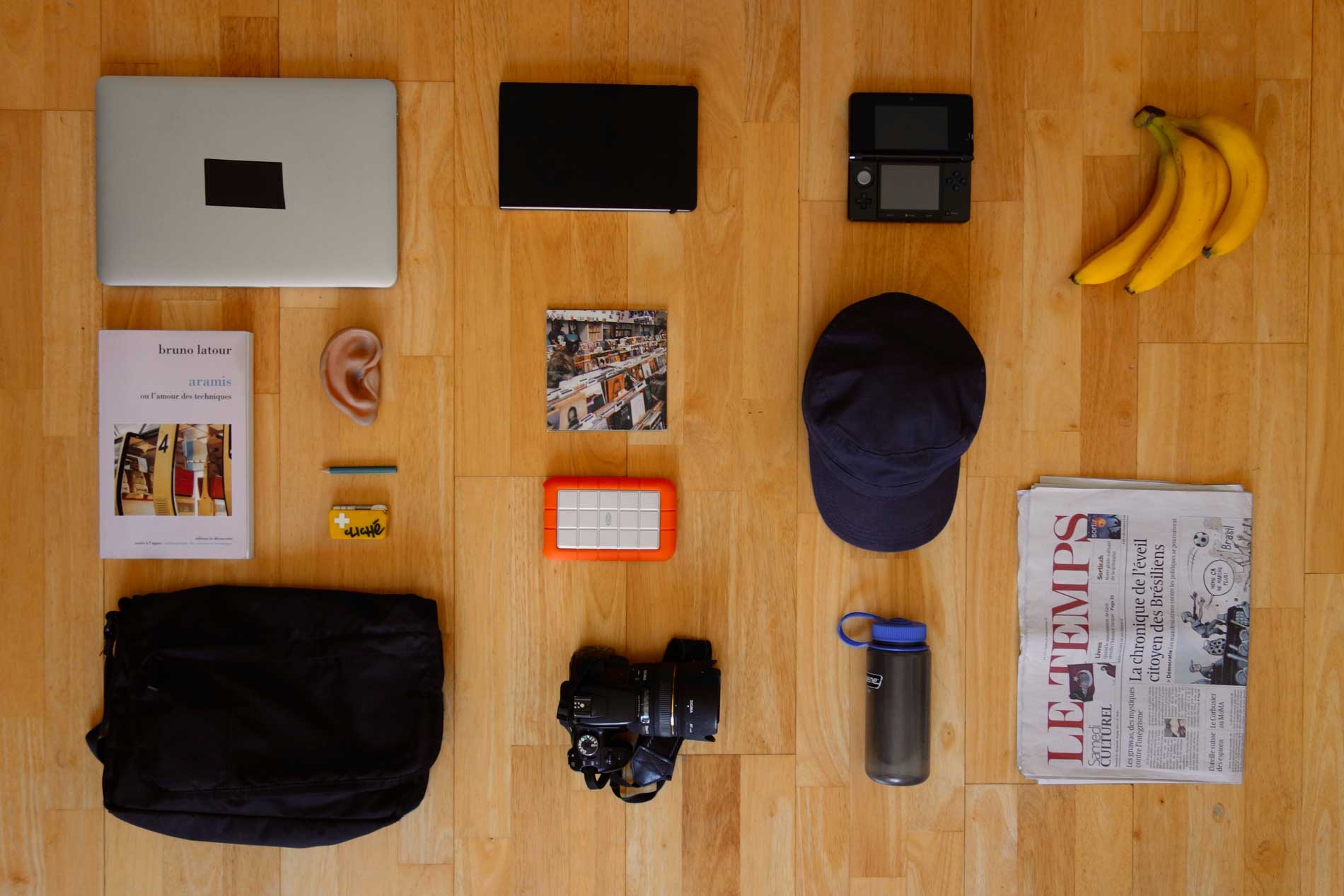[Savage Minds welcomes guest blogger, JANE EVA BAXTER]
November’s AAA meetings are a distant memory after a season of holidays, finals, grading, and course preparation for round two of the academic year. Before they slip away completely, I wanted to share some thoughts about assigning 30 anthropology seniors the task of writing a brief ethnography based on time spent at the AAA annual meetings. That’s right- a small contingent of undergraduate ethnographers was among you. They may have handed you your conference program at registration, sat next to you in a session, or been at the next table at Kitty O’Shea’s or Starbucks. So think back, while you were busy conferencing you were being observed, perhaps were engaged in casual conversation, and certainly were studied thoughtfully by students in a senior capstone seminar trying to learn what it really means to be an anthropologist in 2013.
Teaching “The Anthropological Life” Using the AAA Meetings
The anthropology senior seminar at DePaul is titled, “The Anthropological Life” and is a course designed to help students simultaneously reflect on four years of education, and contemplate the transition from life in school to life without school. Each faculty member who teaches the course takes a different approach, but I’ve always embraced the seminar as an opportunity for students to connect with anthropologists working in a variety of vocational capacities. Usually, this means in a ten week quarter I invite four guest anthropologists from outside academe to come to campus, give a public lecture, have dinner with our seniors, and then have the seniors interview them for about 90 minutes where they can talk about their “anthropological life.”
My two main goals for the course are really quite simple. First, I want students to recognize that anthropology is not a particular vocation, but rather a way of engaging the world. I ask them: How do people with anthropological training see the world differently from those without such training? What are the core values of the discipline and how do those values become actualized in the daily practice of lived lives? Second, I want students to reflect actively on their own “anthropological lives” and consider how anthropology will shape their future regardless of their career or life path. In many forms we engage question such as: What does anthropology mean in the context of your life? How has anthropology shaped who you are as a person and how do you see anthropology shaping your future?
The AAA coming to town was a pretty remarkable opportunity in the context of this course. Where else could students gain so much exposure to contemporary anthropology so efficiently? And so, for the 2013 permutation of the course, it was decided to substitute a guest speaker with a somewhat structured encounter with the AAA meeting that would result in a very brief piece of ethnographic writing.
Continue reading →

